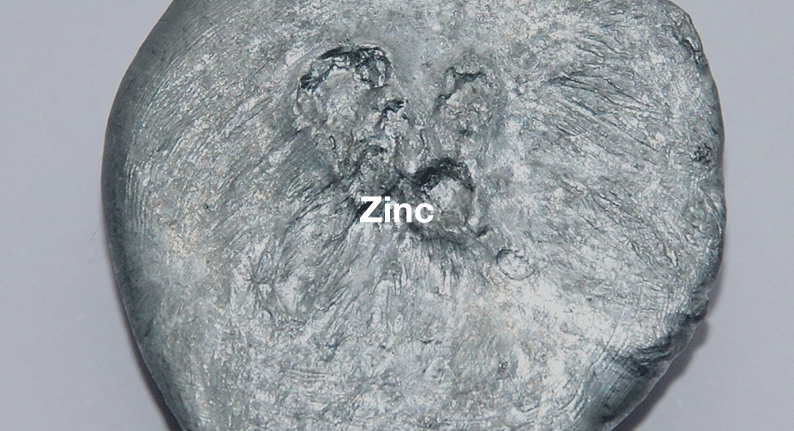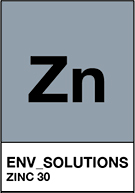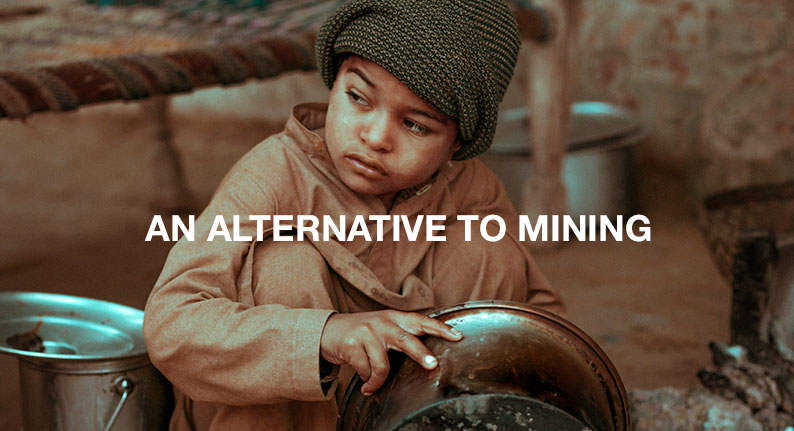Zinc Metal Profile
07 Apr, 2020 8:40 AM / by Quek Leng Chuang

Zinc is a blue silvery metal that is a bit brittle at room temperature. It is a comparably reactive material and can combine with oxygen as well as other non-metals. It’s one of the many metals we recover at Environmental Solutions (Asia).
1. Facts and figures
- Chemical name Zn30
- 4th most widely used metal in the world
- Very low melting point, 419.5 degrees celsius
- Essential for several processes in the human body
- Zinc gluconate can stop deadly jellyfish venom as it stops potassium leaking from blood cells
- Zinc spray, applied at the beginning of a cold, can reduce its length
2. Natural occurrence and mining

Zinc is a comparably abundant metal, the 24th most common element in the earth’s crust. Often, zinc is found together in ores which copper and lead. The most commonly mined zinc ore is Sphalerite, accounting for 60% of all zinc mined. Zinc does also occur in air and seawater, even though concentrations there are lower.
The largest zinc deposits are found in Australia, Canada, Iran and the United States. The world production amounted to 13,5 million tons. As with crude oil, the amount of zinc reserves to be estimated on earth depends on whether they are suitable for economic recovery at the moment. This explains why zinc reserves stayed the same since 1990, even though zinc production increased by 80% between 1990 and 2010. Today, only 30% of the zinc produced worldwide stems from scrap recycling. The rest is still won by natural mining. The greatest share of zinc then is mined from sulfidic ore deposits, sphalerite being the main ore there.
After mining, ore goes through flotation in order to produce zinc sulfide ore concentrate. Via roasting, it is then converted to zinc oxide. Furthermore, through pyrometallurgy or electrowinning, zinc is further refined in order to obtain pure zinc (99.995%) that can be used for industrial applications then.
Due to mining operations, severe environmental problems arise: For every ton of Zinc, The carbon emission from mining Zinc and refining operations amounts to 3 Tons (CO2eq). As zinc production in the world is still rising, more and more zinc ends up in the environment in pure form. When waterways show higher zinc concentrations, this transfers to fish with consequences still not fully known for the rest of the natural food chain. As soils get more contaminated, a smaller number of plant species can grow there. Too much zinc furthermore shows a negative influence on the activity of microorganisms in the soil. This all leads to further, severe consequences for biodiversity. Additionally, also “normal” mining operations cause negative consequences for the environment. When refining zinc, high volumes of sulfur dioxide and cadmium are released into the environment as well.
Zinc products are very durable and take a long time to reenter the recycling process. Car or household appliances containing zinc show the shortest lifespan, whereas other applications of zinc such as street lighting columns serve their purpose for more than 40 years.
3. Applications
More than 50% of zinc is used to galvanize steel and iron. It serves as a protective surface for those materials as it oxides and corrodes instead of the other metals. These galvanized surfaces are useful for metal roofs, automotive parts and heat exchangers.
The other 50% of the applications of this metal however are very diverse: Zinc serves as a material for brass, a zinc alloy containing 3-45% zinc. Brass is more resistant to corrosion than copper and thus useful for various applications such as communication, hardware and musical instruments. Also, zinc is used to fabricate nickel silver, solder and commercial bronze. Zinc is an important part in electric batteries, also it is a primary metal used to make American pennies.
Frequently, zinc also serves as a pigment for example in plastics, cosmetics, photocopier paper, printing inks,…
Lastly, Zinc is an important element for the human body, commonly known for wound healing and skin health. Also, it regulates appetite and our sense of taste and smell.

4. An Alternative to Mining
Environmental Solutions (Asia) helps companies to turn the cost of managing their waste materials to potential revenue. For more information, please contact us.
Topics: Metal Waste, Reimagining Sustainability
Written by Quek Leng Chuang
LengChuang is a chemical engineer and an expert in carbonomics. He is the founder and owner of Environmental Solutions (Asia) Pte Ltd.
